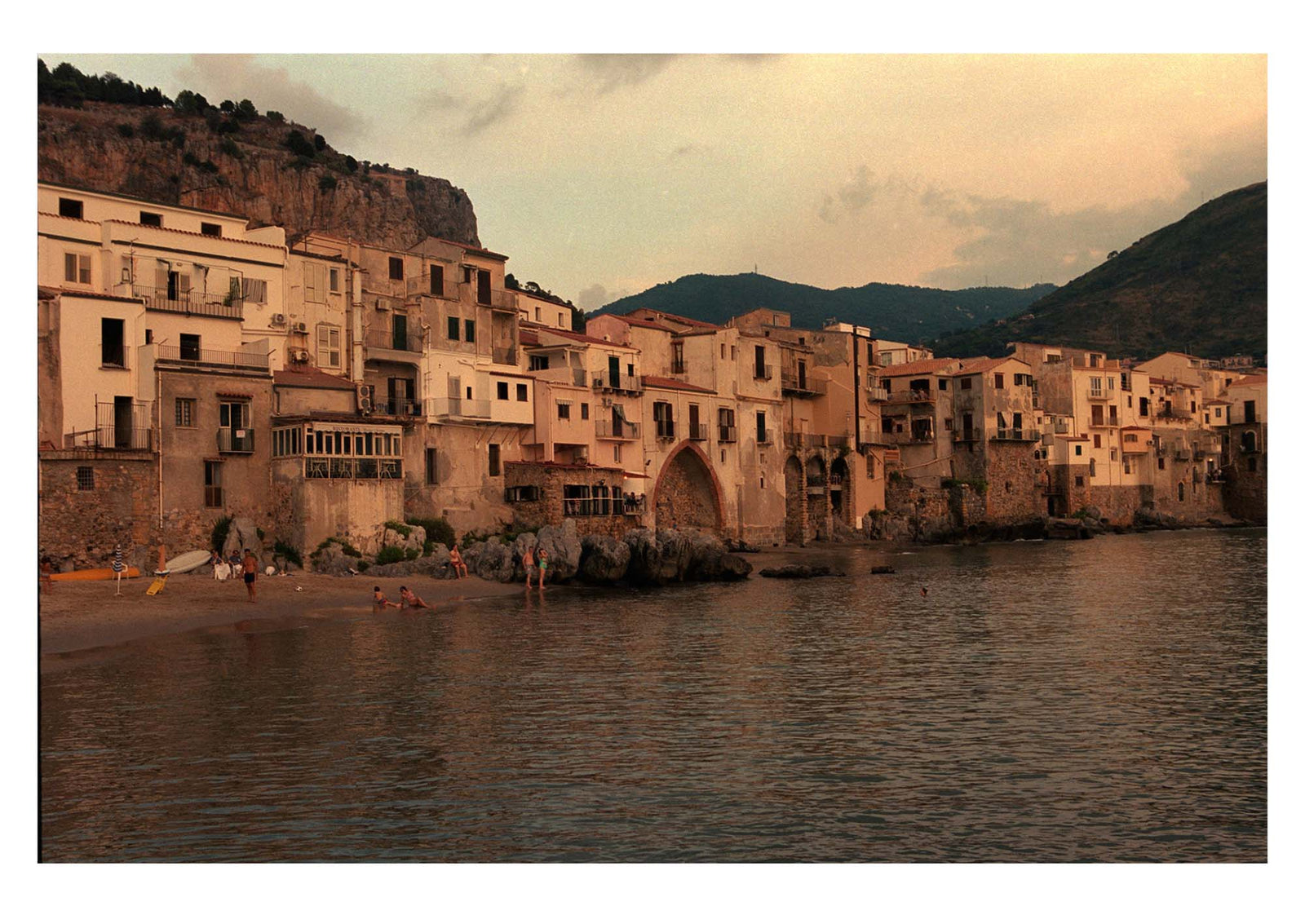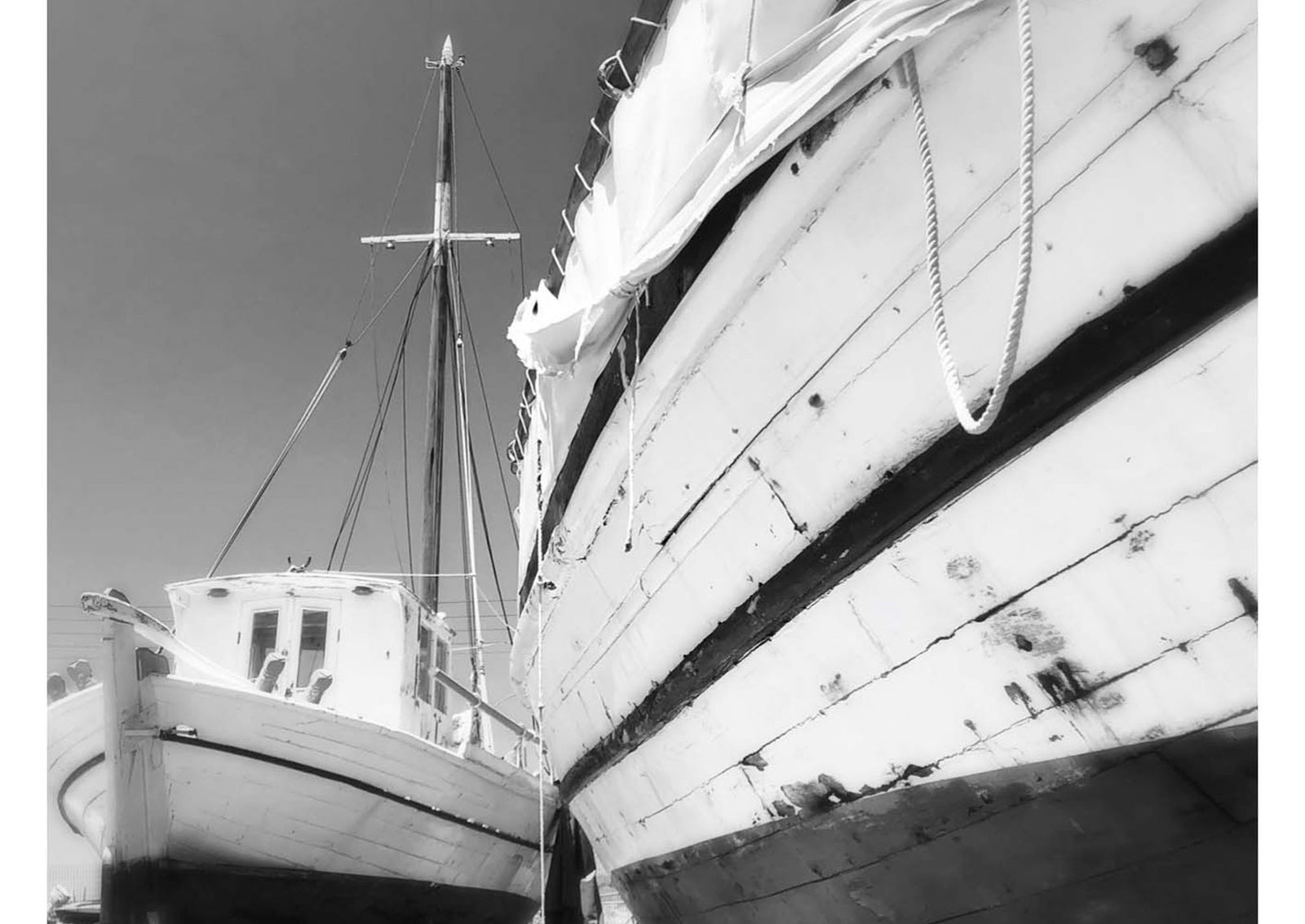The idea of escaping to the Med will always be a temptation for us sun-starved Brits, but recent events have made the idea of staying home this summer hold an all new appeal. With no need to navigate complicated quarantine restrictions, passport renewals or airport security – and plenty of dramatic landscapes and idyllic beaches that more than make up for their continental counterparts – the case for a British holiday is stronger than ever. Here, we pick three breathtaking beauty spots we’ll be escaping our London HQ for in the coming weeks – from the country’s northernmost reaches to Devon’s eternal beaches in the south.

























